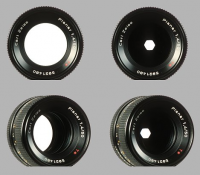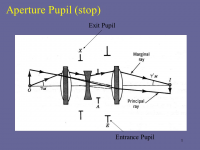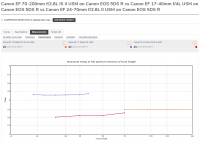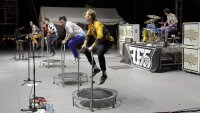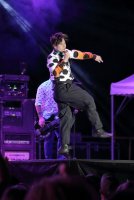She also is unsure if 8k will be cropped. Hmmm. How can the math that was told to me earlier be wrong??
Ask her this question: How much can an 8k be cropped on a 45mp sensor?
(Hint: it is far less then the claimed 2x that was posted earlier by someone in this forum)
Upvote
0

